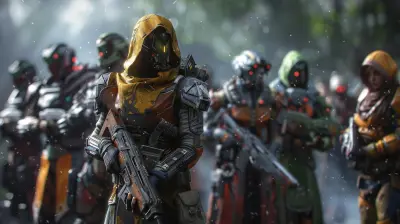How to Introduce Complex Board Games to New Players
16 October 2025
So, you’ve just unboxed a fresh copy of that shiny, critically-acclaimed board game everyone's been raving about. Complex components, deep strategy, thick rulebook — oh yeah, you’re ready. But then your friends walk in, wide-eyed and slightly terrified, and suddenly, the excitement becomes a pressure-cooker of anxiety. Welcome to the world of introducing complex board games to newcomers.
Let’s face it — teaching and learning a heavy board game can feel like climbing Mount Everest when you've only hiked up your local park trail. But here's the good news: with the right approach, tone, and tools, you can help anyone cross that daunting terrain and even enjoy the journey.
In this guide, we’ll break down the art of making complex games feel accessible, fun, and genuinely exciting for new players. Whether you’re teaching Twilight Imperium or Terraforming Mars, keep reading — this one’s for you.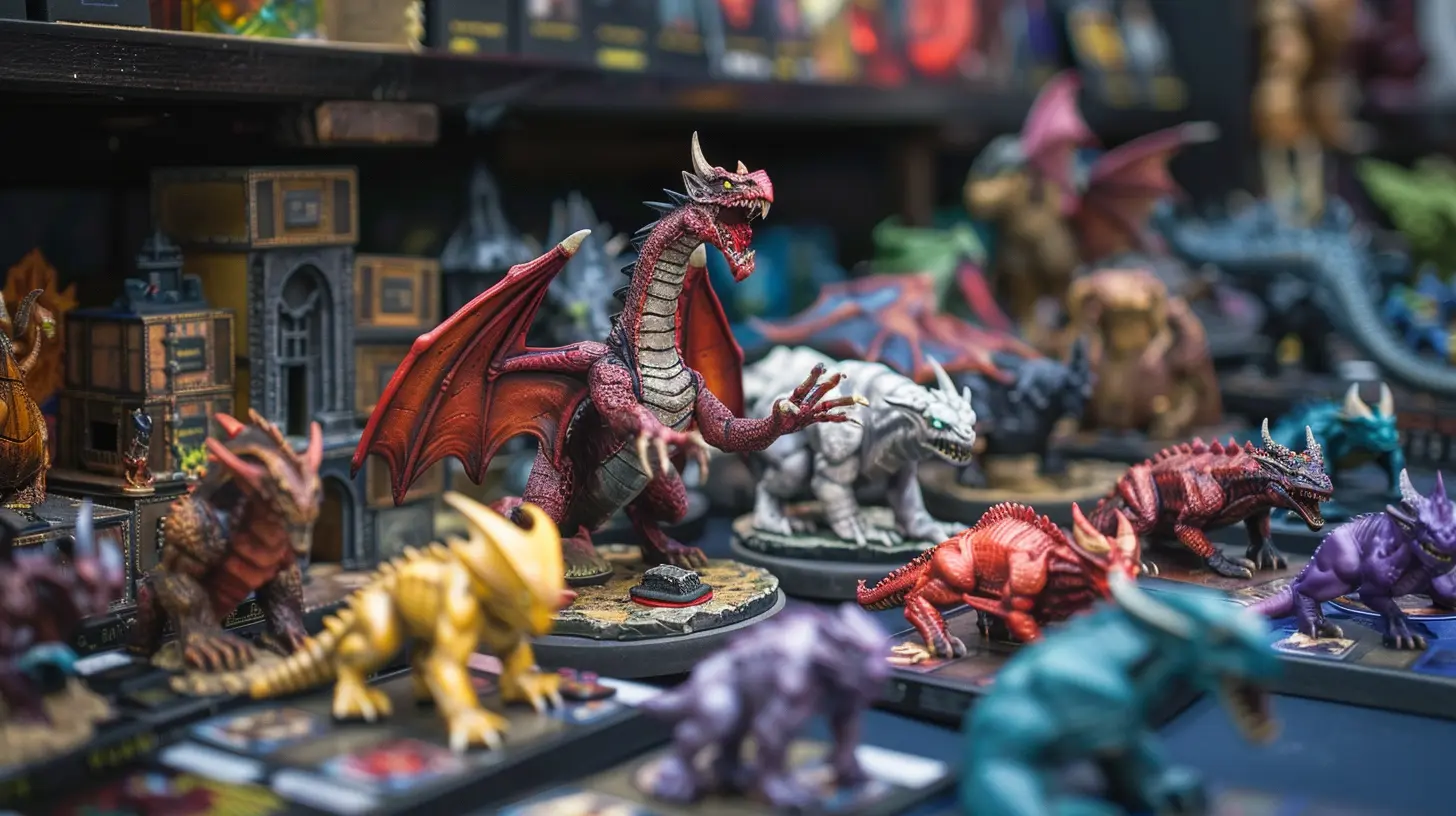
Why Complex Games Scare New Players (And Rightfully So)
Let’s call it what it is — complex games can look like homework. A table filled with components, charts, and cards is enough to make someone feel like they accidentally signed up for a university course instead of game night.Why do new players get overwhelmed?
- Information Overload: Instead of a simple roll-and-move mechanic, they're suddenly managing resources, drafting cards, and keeping track of seven currencies.
- Fear of Ruining the Game: They think they might mess it up for everyone (spoiler: they won’t).
- Too Many Choices: “Analysis paralysis” is real. Too many options without understanding the consequences = frozen in indecision.
- The Rulebook Looks Like a Legal Document: Let’s be honest, some rulebooks are thicker than a paperback novel — and less exciting.
Understanding this fear is crucial because it helps you address it with empathy. Remember, everyone starts somewhere. Even the most seasoned board gamers once had to Google, “What does Catan mean?”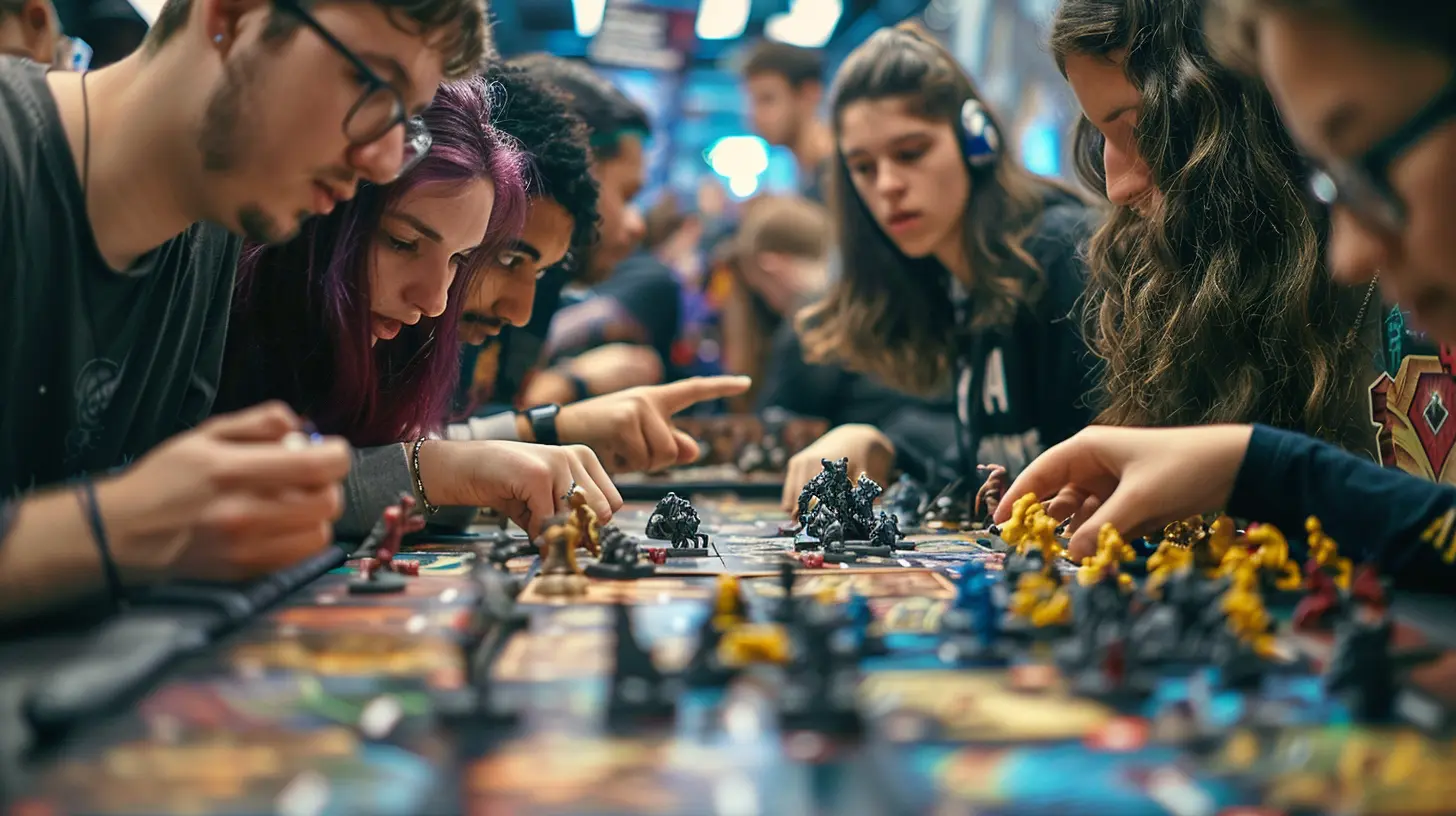
Step 1: Choose the Right Game for Your Group
Before diving headfirst into a 4-hour gaming session, let’s take a step back.Not all complex games are created equal, and not all players are ready for the same kind of experience. The first rule of thumb? Know your audience.
Ask yourself:
- Are they completely new to modern board games?
- Do they have experience with gateway games like Carcassonne or Ticket to Ride?
- Are they strategy-lovers or more into social party games?
Start With “Mid-Weight” Games
Rather than jumping into the deep end with Gaia Project or Food Chain Magnate, consider easing them in with games that act as stepping stones. Games like:- Wingspan – Beautiful visuals, engaging engine-building, and easy-to-digest rules.
- 7 Wonders – Introduces drafting and resource management in digestible pieces.
- Azul – Abstract, strategic, but visually intuitive.
Get them hooked here, and the heavier games won't seem so intimidating later on.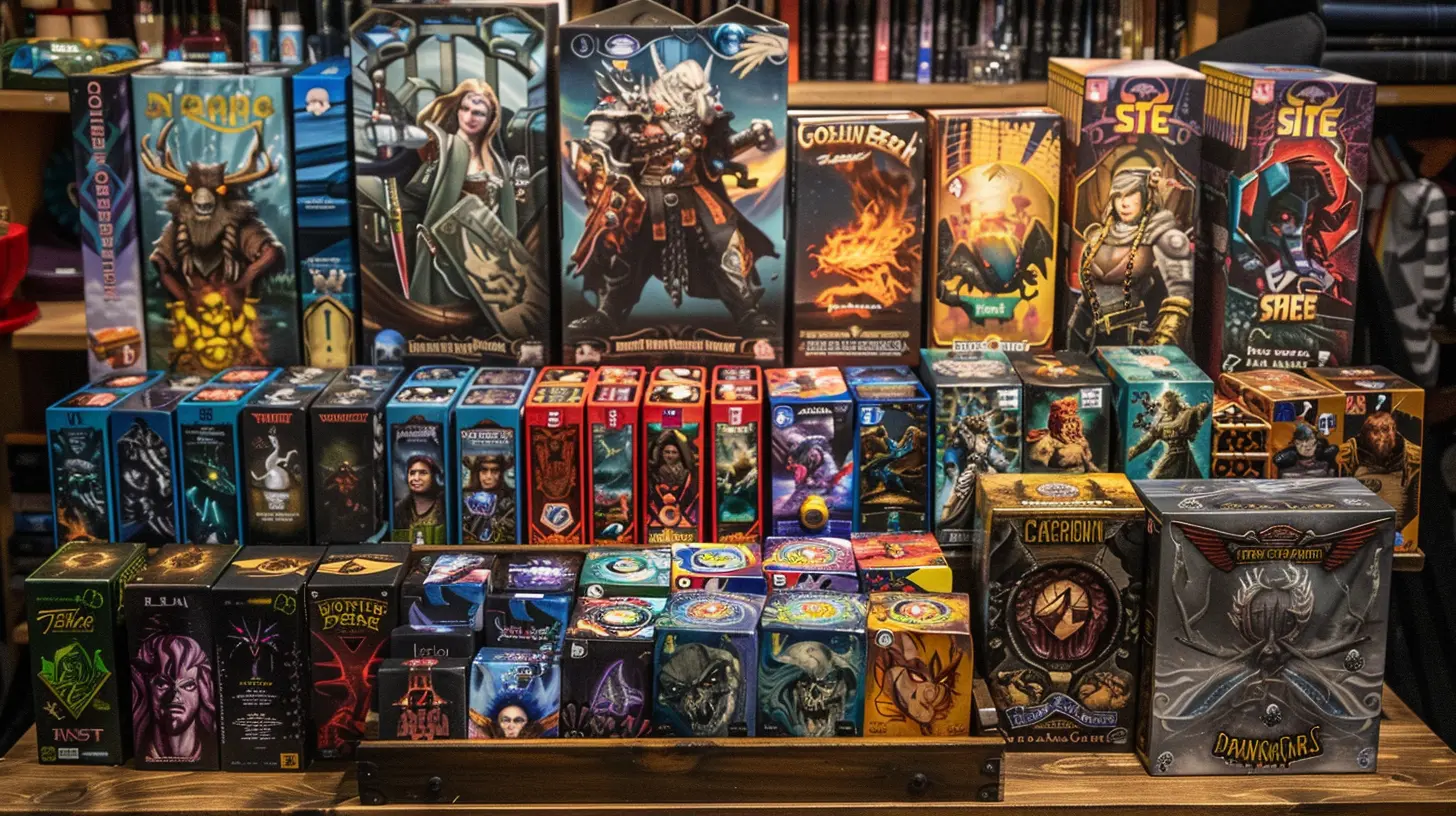
Step 2: Prepare Ahead of Time (Like, Really Prepare)
There’s nothing more frustrating than someone flipping through a 30-page rulebook while everyone else stares into space. Don’t be that person.Do This Before Game Night:
- Read the Rulebook Multiple Times: Get familiar with all the phases, terms, and mechanics.- Watch a How-To-Play Video: Channels like Watch It Played or Shut Up & Sit Down do this brilliantly.
- Set Up the Game Beforehand: Seeing the game laid out reduces initial overwhelm.
- Play a Practice Round Solo: It helps you anticipate questions and hiccups.
Preparation tells your group, "You’re in good hands." Confidence is contagious.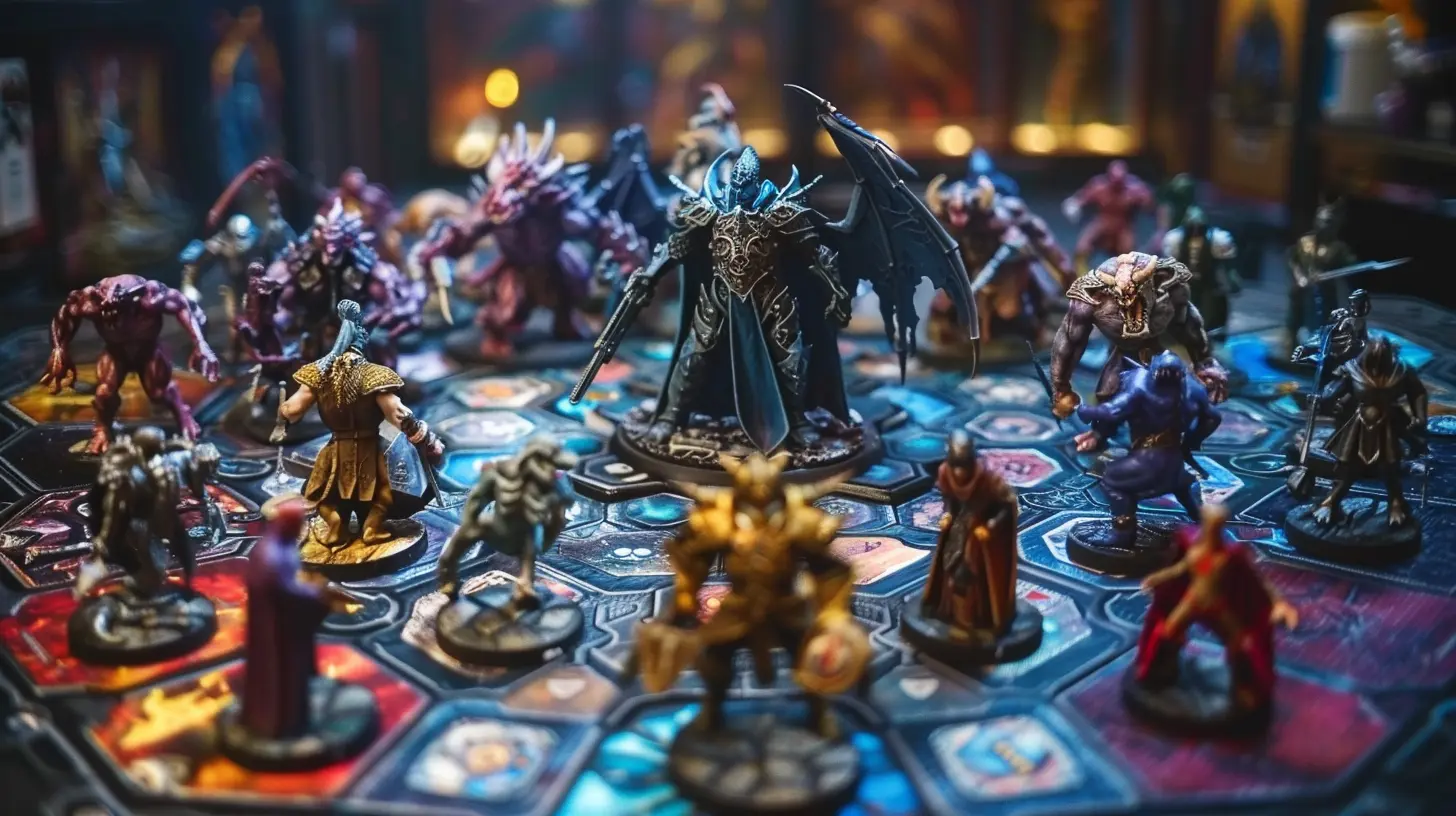
Step 3: Start With Thematic Overview & Goal
Instead of dumping mechanics on your players, paint a picture — tell a story.For example, “In this game, we’re collecting resources to rebuild a city after an apocalypse. You'll do this by scavenging, trading, and constructing buildings to gain victory points."
Why is this powerful? Because it gives context. People remember stories more than charts and figures. Giving players a narrative helps them place rules into meaningful frameworks, making them easier to understand and retain.
Step 4: Teach the Game in Layers, Not All at Once
Here’s a truth bomb: You don’t have to teach the entire rulebook upfront.What if you only taught the basics at first, then added layers as they become necessary?
Try the Onion Teaching Method:
1. Core Loop First: Start with what each player does on a turn.2. Components Second: Explain only the parts needed right now.
3. Strategies and Exceptions Last: Skip advanced strategies until they’ve got their feet wet.
Let them start playing early. That first round can be open-ended, like a free test drive. Do a few turns together, then rewind and do it “for real.” This builds confidence quickly — like bumpers in a bowling lane.
Step 5: Be a Guide, Not a Rule Enforcer
Nobody likes a rule robot or a know-it-all.As the teacher, your job is more of a guide or host. That means:
- Answering Questions Patiently: Even if it’s the fifth time someone’s asked what "engine-building" means.
- Encouraging Exploration: Let them make bold moves or mistakes — it's part of the fun.
- Avoiding Analysis Paralysis: If someone’s stuck, offer a gentle nudge or suggestion.
- Being Flexible With Rules: Consider house-ruling or simplifying for the first game.
Think of yourself as their Sherpa through the Himalayas of cardboard and meeples.
Step 6: Use Player Aids, Visuals, and Shortcuts
People learn differently. Some absorb information better through visuals; others need to do it hands-on.Tools That Help New Players:
- Player Aid Cards: Summarize phase order, symbols, and turn structure.- Quick Reference Sheets: A cheat-sheet that lists common terms and actions.
- Component Trays: Organize tokens and cards — chaos on the table = chaos in the brain.
- Color Coding or Labels: Helps associate icons with phases or tasks.
The more intuitive the layout, the quicker they’ll grasp the flow. Think of it like training wheels — they’ll come off soon enough.
Step 7: Keep the Mood Light and Fun
This one’s huge.People didn’t come over for a board game boot camp. They came to have fun, laugh a little, and maybe crush their friends (in a friendly way, of course).
How to Keep Things Fun:
- Crack a few jokes when explaining the rules. It helps disarm tension.- Celebrate small wins, even if someone messes up.
- Keep snacks and breaks frequent — nobody learns well on an empty stomach.
- Don’t let competitiveness get too intense. No one likes a sore winner (or loser).
If someone’s not "getting it" quickly, don’t point it out. Support and reassure them. Learning a new game is like riding a bike—everyone wobbles in the beginning.
Step 8: Debrief and Replay
After the game ends, don’t just pack up and move on. Take a few moments for a post-game chat.Ask:
- "What did you like or not like?"- "Was there anything confusing?"
- "Do you want to play it again now that you get it?"
Sometimes, the second playthrough unlocks everything. That's when the "Aha!" moments happen. And honestly? Often that second run is smoother, faster, and way more fun.
Bonus Tips for Specific Complex Games
Here’s a rapid-fire list of tips for some popular heavy games:Gloomhaven
- Let one player handle the monster AI.- Use community-created setup apps.
- Explain status effects as they come up.
Scythe
- Use the “Automa” solo enemy sparingly for the first game.- Walk through one example turn for each faction.
Terraforming Mars
- Use the prelude and beginner corporations.- Skip advanced drafting for the first game.
- Start with reveal-and-pick instead of draft.
Star Wars: Rebellion
- Explain it as “Star Wars Chess meets Hide-and-Seek.”- Teach in phases — rebellion, actions, battles.
- Guide the first few probe card draws.
Final Thoughts
Introducing complex board games to new players doesn’t have to be frustrating or boring. Think of it more like hosting a dinner party. You wouldn’t serve a five-course meal to someone who’s never used a fork, right?Ease them in, keep it light, and remember: your excitement is contagious. Show your love for the game, demonstrate patience, and make the experience welcoming. Before long, those same overwhelmed players will be asking, “Okay... what do we play next?”
The world of complex board games is rich, rewarding, and honestly, a blast once you get rolling. So go on — crack open that intimidating game box and share the magic. Just remember — every master strategist was once a newbie asking, “Wait... what does this symbol mean again?
all images in this post were generated using AI tools
Category:
Board GamesAuthor:

Emery Larsen
Discussion
rate this article
1 comments
Paula Summers
Introducing complex board games to newcomers requires patience and clarity. Simplifying rules, using engaging narratives, and fostering a welcoming atmosphere can enhance understanding and enjoyment, ultimately enriching the gaming experience for everyone involved.
October 18, 2025 at 3:24 AM

Emery Larsen
Thank you for your insightful comment! Simplifying rules and creating an inviting atmosphere are indeed key to helping newcomers enjoy complex board games. Your suggestions will surely enhance the experience!


